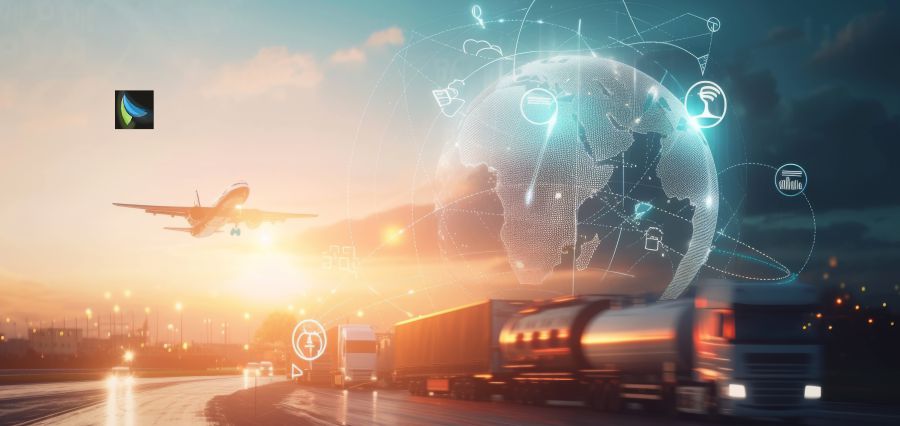E-commerce has for the past couple of decades disrupted the retail business, as it now gives its customers free avenues through which they can conveniently reach products anywhere in the world. Changing consumer behavior continues to change the logistics network around the world. Higher numbers of consumers are buying goods online, which compels the logistics industry to keep pace with this trend and match rising demand for quick and dependable delivery services.
More importantly, however, e-commerce has changed the time involved in getting a product delivered. McKinsey in a report estimated that the pandemic fast-tracked the migration to the internet shopping platform by about five years. E-commerce sales have reached $4.9 trillion for 2021 and comprised 19 per cent of total global retail sales.
The rise in online shopping has made the logistics providers deliver products faster and faster. For example, the consumers expect orders to arrive within days or maybe hours. This has resulted in an urgent requirement for same-day or next-day delivery services. Companies such as Amazon have given a benchmark for speedy delivery, and their competitors are challenged to see how they can enhance their logistics to compete with this test.
Logistics networks have become that much more complicated and interconnected to meet such demands. E-commerce made companies rethink their supply chain strategies. From what’s seen previously, most of the logistics was about storage in large warehouses outside cities; now, companies are building smaller fulfillment centers close to major points of population. Processing and shipping orders faster is an effective way of keeping customers satisfied.
In recent times, growth in the sector of e-commerce has fueled innovation in logistics technology. Major companies are increasingly investing their resources into automation and artificial intelligence to streamline their operations. For instance, there is the application of robots that help in picking and packing in warehouses, as well as optimization of delivery routes through AI algorithms.
According to a market research company, Research and Markets, the logistics automation market will grow up to a size of $74.6 billion by 2026 with a compound annual growth rate of 10.5%. The technology accelerates the delivery process and decreases the cost of operations for the logistics provider.
Another key influence that e-commerce is bringing to the global logistics networks is the developing last-mile delivery solutions. The last mile refers to the final stretch in the delivery route, where goods are transported from a distribution center right to the client’s doorstep.
This is the costliest and most challenging aspect of the logistics movement; it accounts for about 28% of the overall delivery costs, according to a World Economic Forum report.
Companies are exploring last mile options such as crowdshipping and local delivery services; however, methods similar to these will help minimize the costs and delay time associated with e-commerce efficiency.
Indeed, the rapidly developing e-commerce business can, at times, present challenges for the logistics network. Increased demand in the delivery service provision will put stress on the delivery network, and it may turn out to be overcrowded within urban areas, creating delay and extra emissions.
International Transport Forum research showed that freight transport would increase by 30% in urban cities come 2030, most of which were through traffic congestion and the resultant pollution. Since logistics companies directly contribute to this emission, they are forcing a particular change to more sustainable practices, such as electric vehicles, and delivering around optimized routes.
Conclusion: E-commerce has significantly impacted global logistics networks; changing speed of deliveries, changes and negotiations in a given supply chain, and technology embraced. As a matter of fact, e-commerce has created both new opportunities for innovation and efficiency that pose challenges to be seriously taken into account.
For a long time since the rise of e-commerce in the logistics industry, logistics providers and other interested parties have relentlessly tried to unravel how they can manage the demands of consumers while achieving sustainability in their operations during an evolving e-commerce landscape. E-commerce growth will form the future of logistics; therefore, it may be an exciting time for this industry.


















